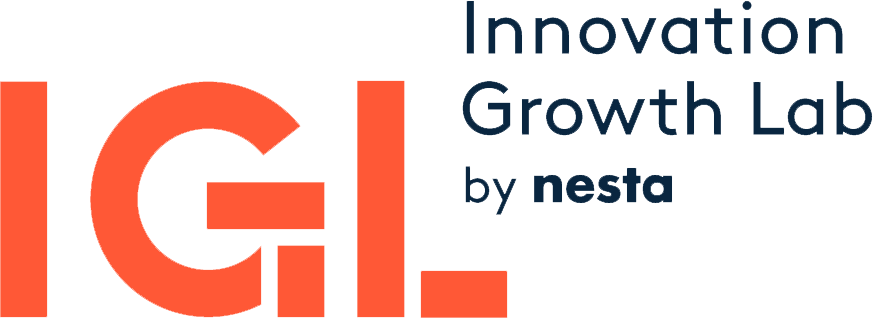All creativity and innovation build on existing ideas. Authors and inventors copy, adapt, improve, interpret, and refine the ideas that have come before them. The central task of intellectual property (IP) law is regulating this sequential innovation to ensure that initial creators and subsequent creators receive the appropriate sets of incentives. Although many scholars have applied the tools of economic analysis to consider whether IP law is successful in encouraging cumulative innovation, that work has rested on a set of untested assumptions about creators’ behavior. This Article reports four novel creativity experiments that begin to test those assumptions. In particular, we study how creators decide whether to copy, or “borrow,” from existing ideas or to innovate around them.
Our data suggest that creators do not consistently behave the way that economic analysis assumes. Instead of rationally weighing the objective costs and benefits of different courses of action, creators instead were influenced by decision-making heuristics and individual preferences that often led to suboptimal and inefficient creative behavior. Many of our subjects chose to borrow when innovating was the optimal strategy, and even more chose to innovate when borrowing was the optimal strategy. We find that subjects are only mildly responsive to external incentives. Rather, choices between innovation and borrowing correlated much more powerfully with their internal, subjective beliefs about the difficulty of innovating. We conclude by exploring the implications of our data for innovation markets and IP doctrine.
